
September 13, 2024
8 Game Consoles of the 90s That Defined the Decade

March 3, 2025
Play by the Rules! 17 of the Best Board Games from the 90s

February 28, 2025
The Dream Phone Board Game: Who’s Got A Crush On You?
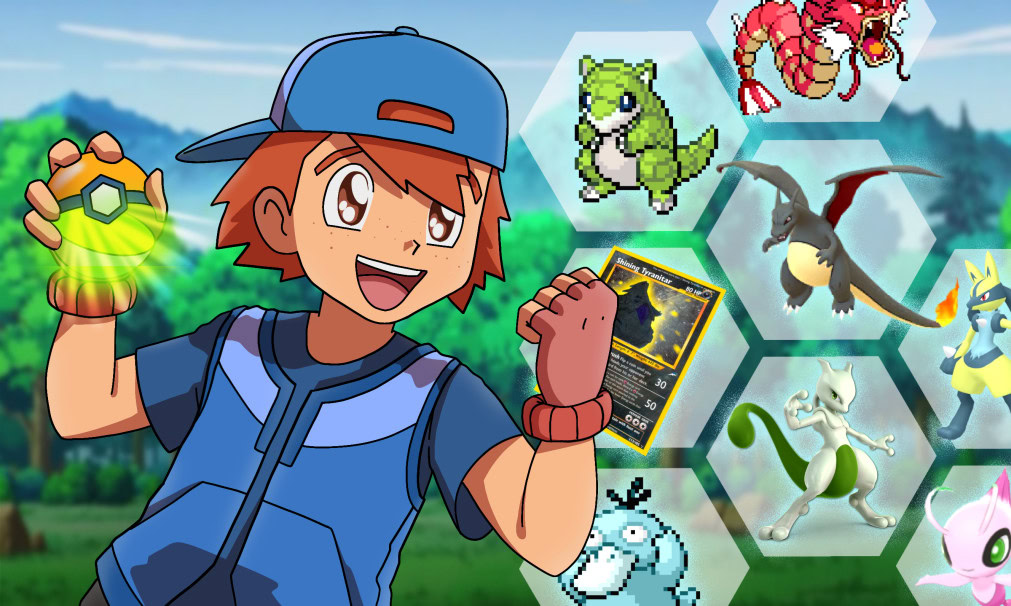
Of the many franchises that got their start in the 90s, Pokémon is one of the best. You won’t find many people willing to argue that point, and for good reason – it’s still going incredibly strong after 26 years! In those two-and-a-half-plus decades, the Pokémon franchise has “evolved” (pun intended) in different ways to drive its rabid fanbase to spend hours upon hours in both the digital and physical versions of the game. One of the engagement hacks that had 90s kids feverishly hunched over their Game Boy Colors were ultra-rare pocket monsters that served as a kind of playground status symbol: the infamous Shiny Pokémon. If you somehow missed the boat and are curious about what all the hubbub is surrounding shinies, then allow us to enlighten you with everything you need to know about Shiny Pokémon!
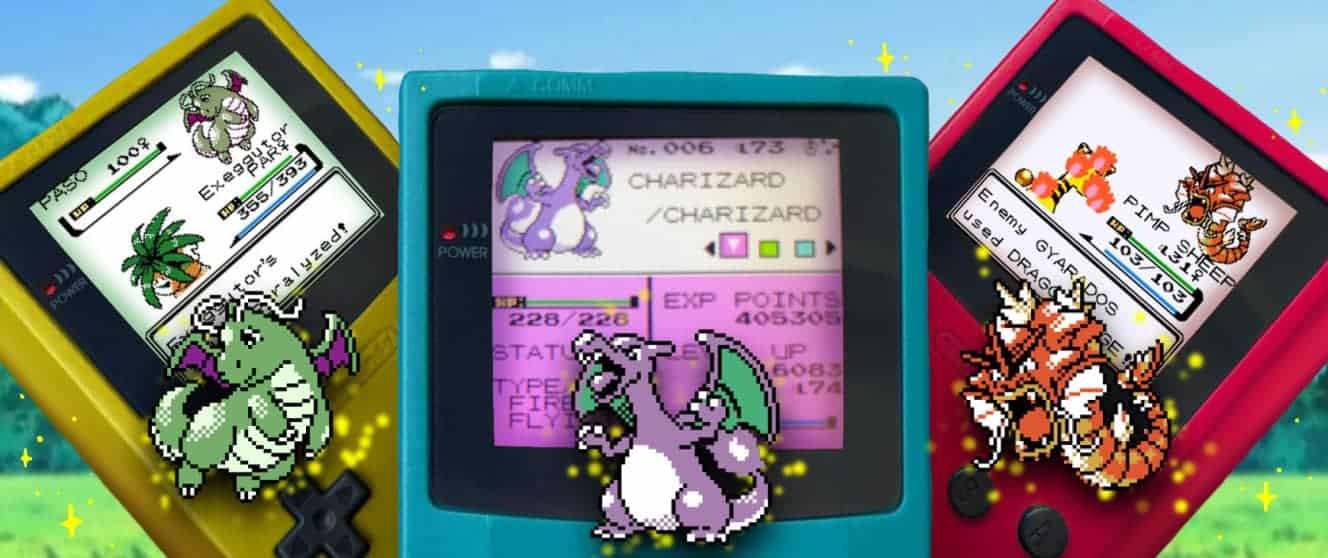
Hunting Shiny Pokémon is a time-consuming labor of love. But oh boy, if you manage to actually find and capture one of these puppies, it feels like winning the lottery!
Despite the Pokémon video game franchise centering much of its identity around the idea of different colors, the original entries were actually devoid of any color in-game. Having been developed for the original Game Boy (some of you might know it as “the dinosaur”), the colorful world of Pokémon could have only been represented in black and white due to hardware limitations.
So, when the Game Boy Color was launched in November 1998, the opportunity arose to represent the pocket monsters in all of their colorful glory. You can read all about this era and everything that came from it in our guide to Pokémon for Game Boy Color.
Seeing the colors of the starter Pokémon for the first time – Bulbasaur’s green, Squirtle’s blue, and Charmander’s orange – on that tiny screen back then felt like a revolution compared to Red and Blue. But that wasn’t all that The Pokémon Company had in store for us…
If you played long enough and subjected yourself to sleepless nights of walking around the same patches of grass or cave areas, you had an infinitesimally small chance of finding a unique version of a Pokémon. To be precise, you had a 1 in 8,192 chance of stumbling across what the game only referred to as a “rare” variant. For even more perspective, that’s a 0.012% chance in hell of an encounter. Definitely not ideal, but for the target demographic of the franchise, those odds were like catnip. If you did manage to find one of these special Pokémon represented by shiny sprites, you were effectively the talk of the town. Or the playground, at the very least.

At first, these Pokémon didn’t have any special name or designation. They just had different coloration made possible by the Game Boy Color’s new screen, along with a glinting effect/animation that would play whenever it was on-screen. Over time, fans adopted the term “Shiny Pokémon” when referring to these anomalies, latching on to that special animation as its identity.
And the rest, as they say, is history. The term “shiny” became so ubiquitous that the developers themselves began to use it in the games, and now it’s the accepted official term for these rare Pokémon variants.
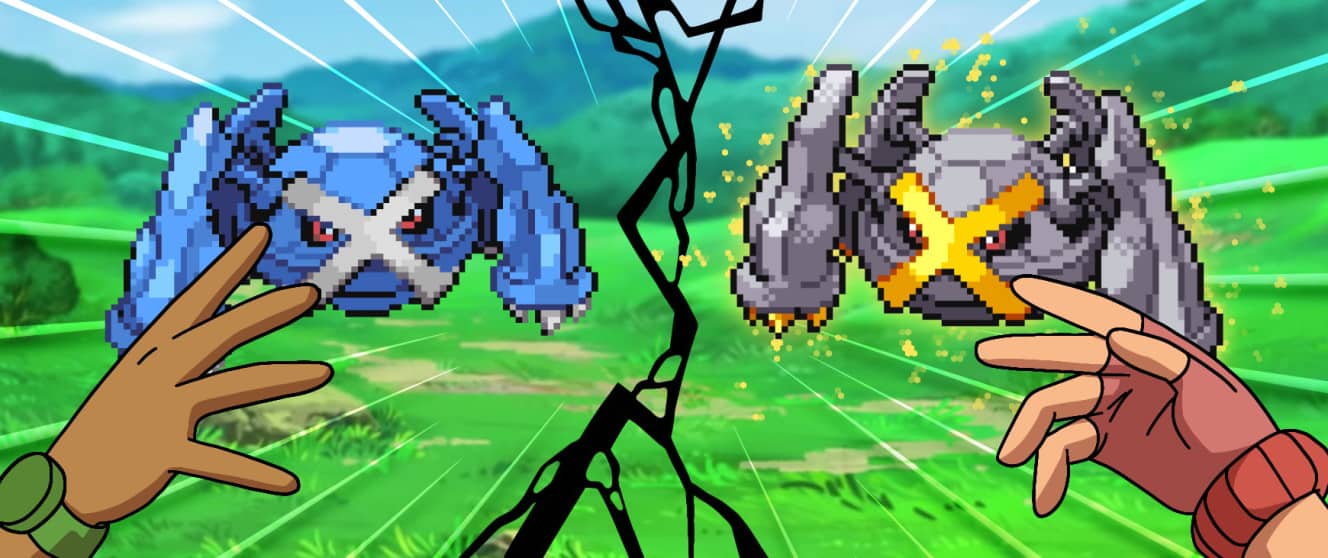
Some people say, “All that glitters isn’t gold”. Pokémon fans say, “All that’s shiny is definitely worth it”.
At first, yes! They were!
In Pokémon Gold, Silver, and the combined version Crystal, landing a Shiny Pokémon basically guaranteed you a competitive edge. This was because a Pokémon’s “shininess” was determined by its DVs, or Diversity Values. It’s kind of a complicated behind-the-scenes process, but essentially DVs are hidden values in the game data that determine a Pokémon’s maximum stats. If the stars happened to align in such a way that a random encounter nets you a Pokémon with DVs of 10 in Speed, Defense, and Special along with an Attack of 2, 3, 6, 7, 10, 11, 14, or 15, that Pokémon would be a Shiny Pokémon.
After Generation II, Shiny Pokémon would no longer have any kind of combat advantage. From the launch of Pokémon Ruby and Sapphire in 2003, shininess would only be a cosmetic feature determined by an even more obscure and inscrutable set of calculations that involved even more hidden numbers (one of them is literally called a secret ID!). They’re the same Pokémon with new colors, and sometimes the shiny colorations aren’t even that drastically different. However, that didn’t make them any less sought after. In fact, the desire to acquire Shiny Pokémon has only grown since their introduction.
An extra layer of collectability in a game with the tagline “Gotta catch ’em all”? Come on, that’s a no-brainer!
There are plenty of fans who tapped out of the Shiny Pokémon race once their extra power was stripped away from them (including, perhaps, the writer of this very article). But, those who remained and have dedicated the last 20 years to capturing every special Pokémon earned themselves a title – Shiny Hunters. These were gamers who were prepared to venture out and spend untold numbers of hours wandering the game world – harassing wild Pokémon in the hopes that the would eventually encounter shiny Pokémon.
Some might refer to them as Insufferable Braggers, but that’s neither here nor there.
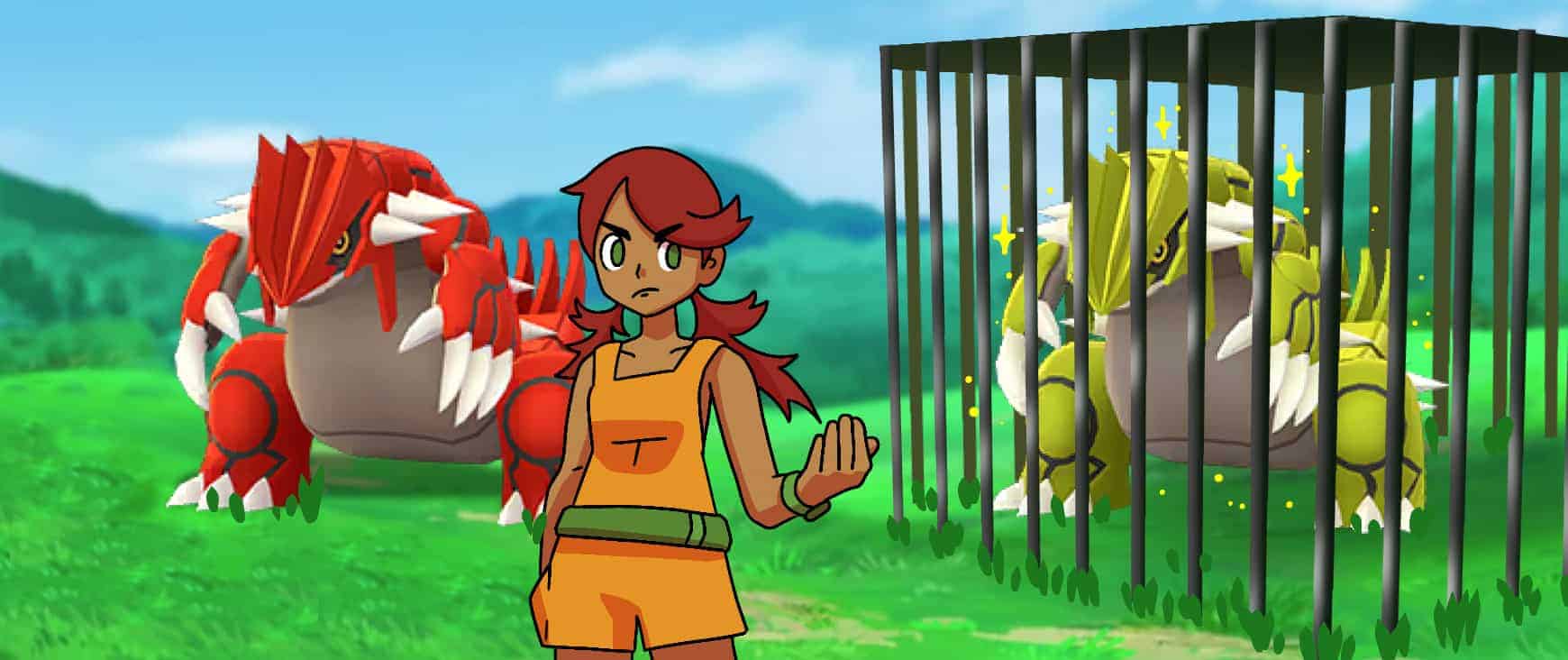
Having a stable of Shiny Pokémon is the mark of a real Pokémon Trainer to many fans. However, it’s not always possible to get every shiny. Looking at you, Groudon!
The short answer is yes.
Technically, there is a shiny form for every single Pokémon hidden in the code of every Pokémon game. Shiny sprites are entirely separate from standard Pokémon sprites.
However, that doesn’t necessarily mean that you’ll be able to acquire every single in-game Shiny Pokémon under normal circumstances.
Certain Pokémon, including Mythic and Legendary Pokémon, suffer from a condition known as being “Shiny Locked”. This means that a shiny form of that creature exists in the code, but you won’t find it just by playing the game. In fact, it’s impossible to get a shiny locked Pokémon through normal means.
There are… ahem… certain “methods” one could use to acquire a shiny version of shiny locked Pokémon, but we won’t condone those. In some cases, shinies of shiny locked Pokémon were released as special event Pokémon or given out as gifts. But if you missed those shiny versions, tough cookies I guess.
Curiously, Pokémon that are shiny locked vary from game to game. For instance, Groudon wasn’t shiny-locked until Gen VI, but then had a shiny variant in Gen VII. Many other Shiny Pokémon are in similar situations.
There’s probably a method to Game Freak’s shiny version madness, but we haven’t been able to figure it out yet. If there’s a shiny locked Pokémon that you want in one game – even a Legendary Pokémon – check to see if it’s still locked up in another game. Odds are you’ll have better luck finding its shiny form elsewhere!
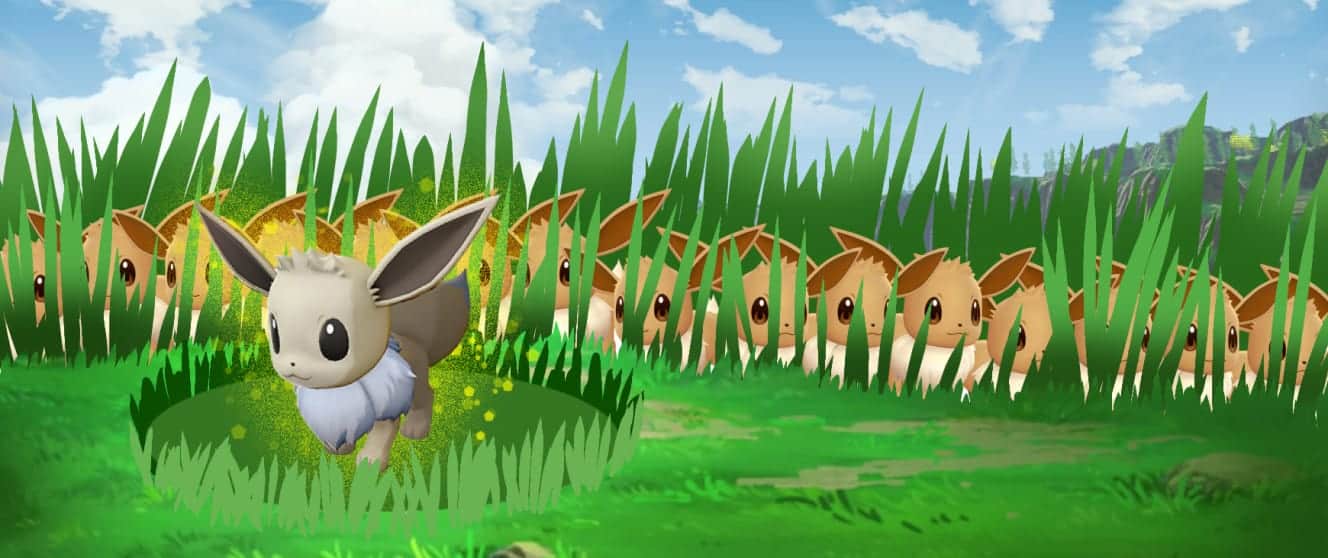
Have you ever tried looking for a Shiny Eevee in a haystack? We don’t recommend it.
We previously stated the depressing odds of catching a Shiny Pokémon in Generation II games, which was 1 in 8,192 or 0.012%. That’s uh… pretty rough.
That shiny encounter rate persisted all the way up to Gen V, but thankfully things got better for shiny form companions from there.
Starting with Gen VI’s Pokémon X and Y on the 3DS, the odds of encountering Shiny Pokémon doubled to 1 in 4,096, or 0.024%. Still not approaching the realm of viability for most people, but it was definitely an improvement. There are also a number of ways to improve the shiny chance further, which we will get into a little bit later. However, without these advanced methods, finding a Shiny Pokémon still comes down to sheer luck or brute force of willpower in Shiny hunting.
Pokémon merchandise comes in just about every form you can think of…
Unless you happen to want something that features a Shiny Pokémon.
Out of all the figures, shirts, bookbags, lunchboxes, toothbrushes, trapper keepers, pet costumes, and themed snacks we could find, not a single one had an image of a Shiny Pokémon. It’s a sad state of affairs for something that has so thoroughly become part of the Pokémon experience, but that doesn’t mean you’re completely out of luck.
All you need is a little bit of creativity!
Some fans have resorted to 3D printing their favorite Pokémon and painting them to represent their iconic shiny forms, but not everyone has access to a 3D printer. What we at Rediscover 90s Toys like to do (when we aren’t bringing you the nostalgic content you crave) is pick up one of the many quick and simple Pokémon model kits that are out there, and then alter them ourselves.
If you’ve never put together a model kit, these are a great way to be introduced to the hobby thanks to their simplicity and overall charm. And painting is just fun – we probably don’t need to sell you on that.
And now, here’s how you can bag some digital shinies.
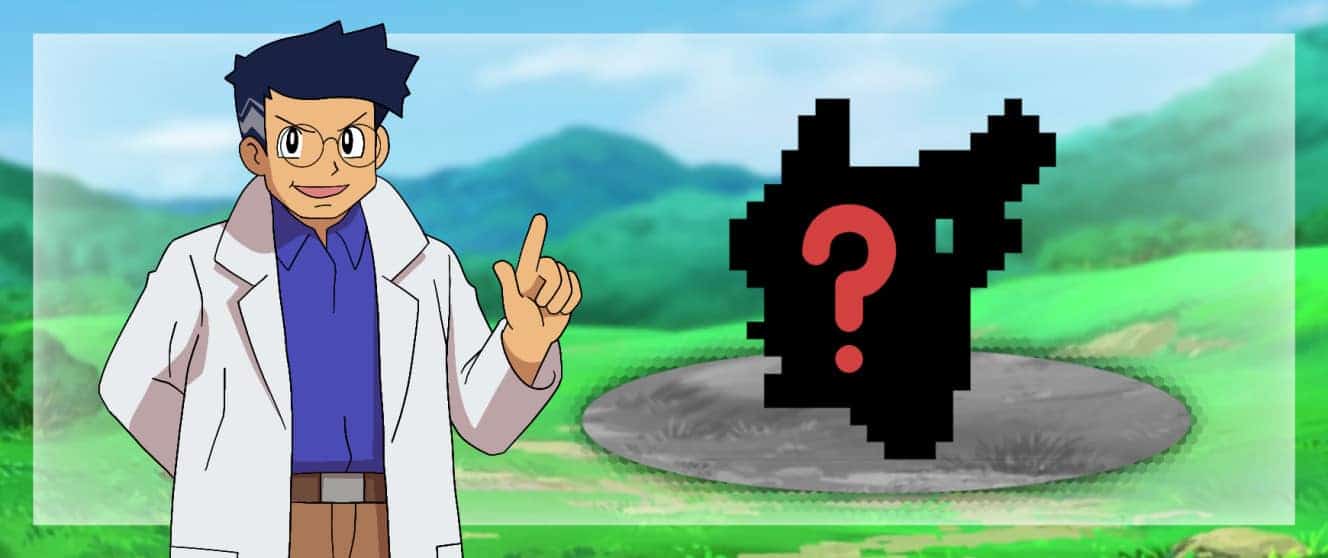
Bet you can’t guess that shiny!
From Gen II onwards, there are really only two methods of acquiring Shiny Pokémon – random encounters and soft resets.
Random Encounters: This is the basic Pokémon gameplay. If you walk through patches of grass or other places that are notorious for hiding Pokémon, you’ll be whisked away to a battle. You can continue to walk around in that area indefinitely until you encounter shiny variants.
Soft Resets: If you use a certain button combination (A+B+START+SELECT for Game Boy, START+SELECT+L BUTTON+R BUTTON for DS, and START+L BUTTON+ R BUTTON for 3DS), you’ll “soft reset” your game and be able to load a previous save. This method is useful for those times when you only have one shot at obtaining a Pokémon – such as selecting your starter or encountering Legendary Pokémon. All you have to do is create a save before you make your decision, and then soft reset until you get what you want. Eventually, the target will change form to become a Shiny Pokémon. That’s the thinking, anyway.
Just don’t take soft resets lightly. It can take thousands of tries before you land one! After all, you’re still working with a less than 1% chance. Is that Shiny Magikarp or Shiny Ponyta really worth it?
For a real-world example of this waking nightmare, check out this video where it took YouTuber jazzthatshiny (AKA Avery) nearly 3,000 soft resets before finally getting a Shiny Eevee.
Now that’s dedication to the shiny form!
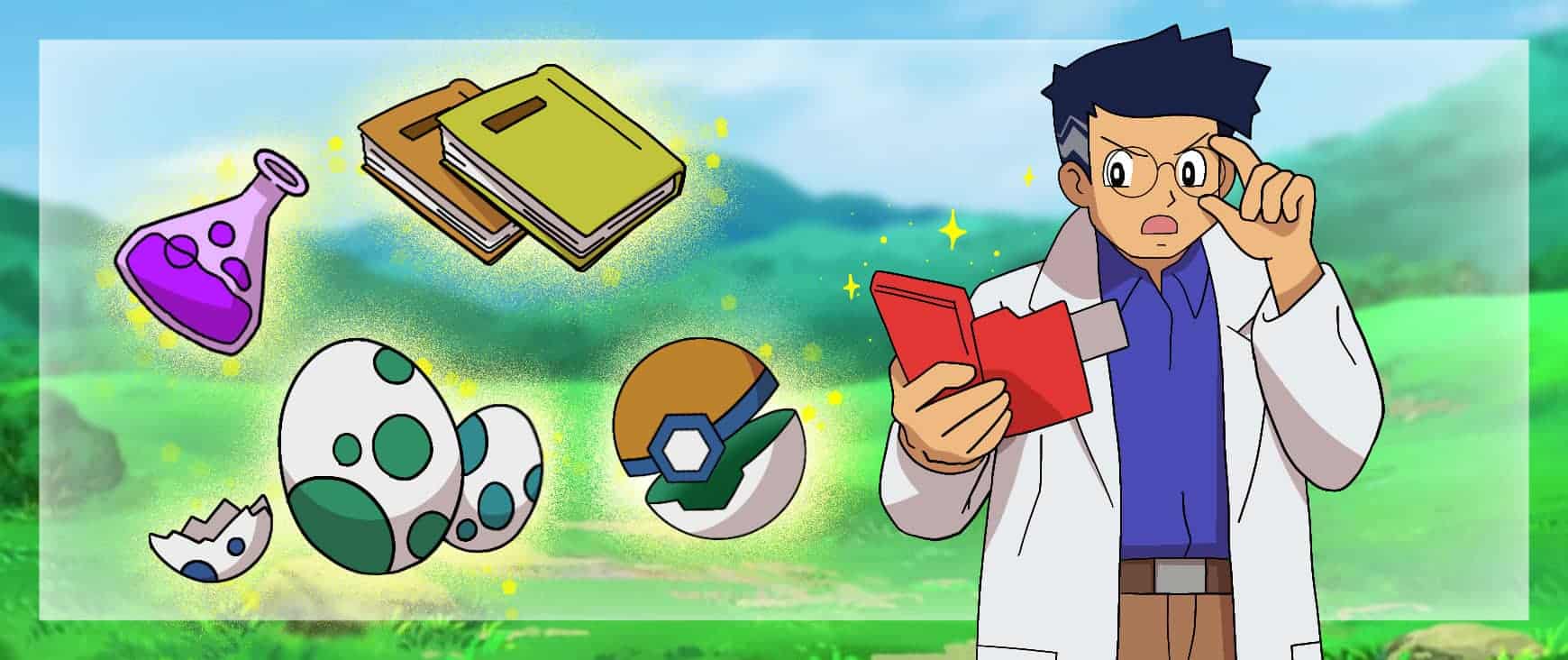
After the concept of Shiny Pokémon reached critical mass, the developers added a handful of tools that trainers could use to make hunting them easier.
With egregiously low chances of finding shiny Pokémon, Shiny Hunters have fallen back on all kinds of tricks and techniques to optimize the process. We’re going to save you the decades’ worth of experimentation that went into developing these by outlining a few of the more popular techniques in the following shiny capture tutorial section.
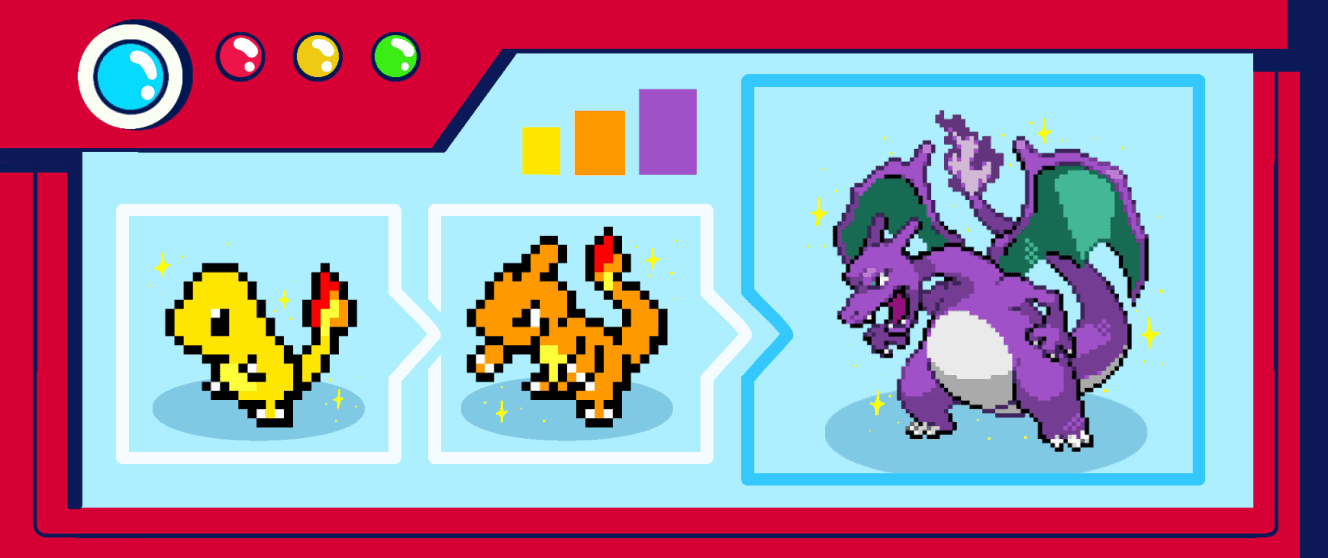
The results of millions of Shiny Hunters can’t be wrong!
If you’re looking for powerful Shiny Pokémon like Charizard or Blastoise, you’re better off evolving them into their shiny forms yourself rather than hunting for them.
Each Shiny has its own evolution path, meaning that a Shiny Charmander will evolve into a Shiny Charmeleon, and finally a Shiny Charizard. Along with the other two starters, making sure you get the base shiny form of these Pokémon will be the best path to shiny final evolutions.
If you already have some shinies in your Pokédex, you might be in luck!
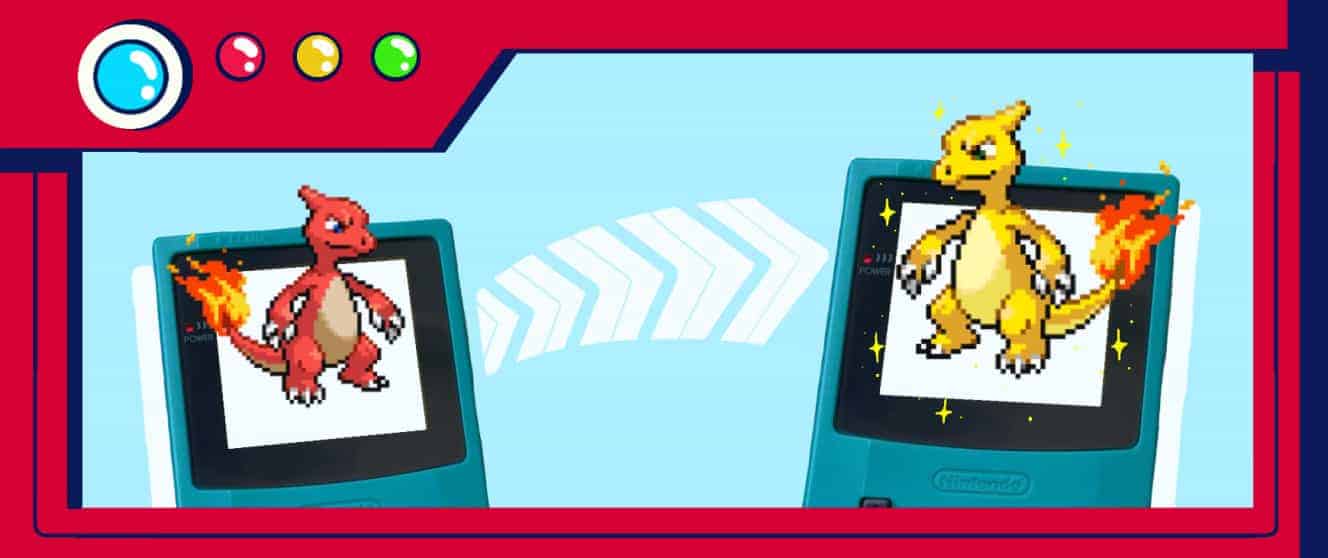
If you already have some shinies in your Pokédex, you might be in luck!
Gen I Pokémon games unfortunately didn’t have shiny Pokémon yet, but the stats that determined shinies in later games were still present. So, if you happened to transfer a Pokémon with the right stats from one of those games into a later game, it would show up in its shiny form after the transfer! This would probably be the easiest way to get shinies, but it’s still an extremely rare occurrence – so don’t get your hopes up. It’s still likely that what you have are normal counterparts.
Thankfully, the power of technology has made the transfer process even simpler. If you play any of the classic Pokémon games via the 3DS virtual console, you can transfer them to your Pokémon Bank where you can then transfer them between certain games or store them indefinitely. The closing of the 3DS eShop had many Pokémon owners worried that their stored Pokémon would be lost forever, but thankfully that’s not the case. The once-paid service is now free for all to use!
There is a newer service called Pokémon Home, but that requires a subscription fee. However, expanded compatibility between past, present, and future Pokémon games is probably worth the cost of admission for super fans.
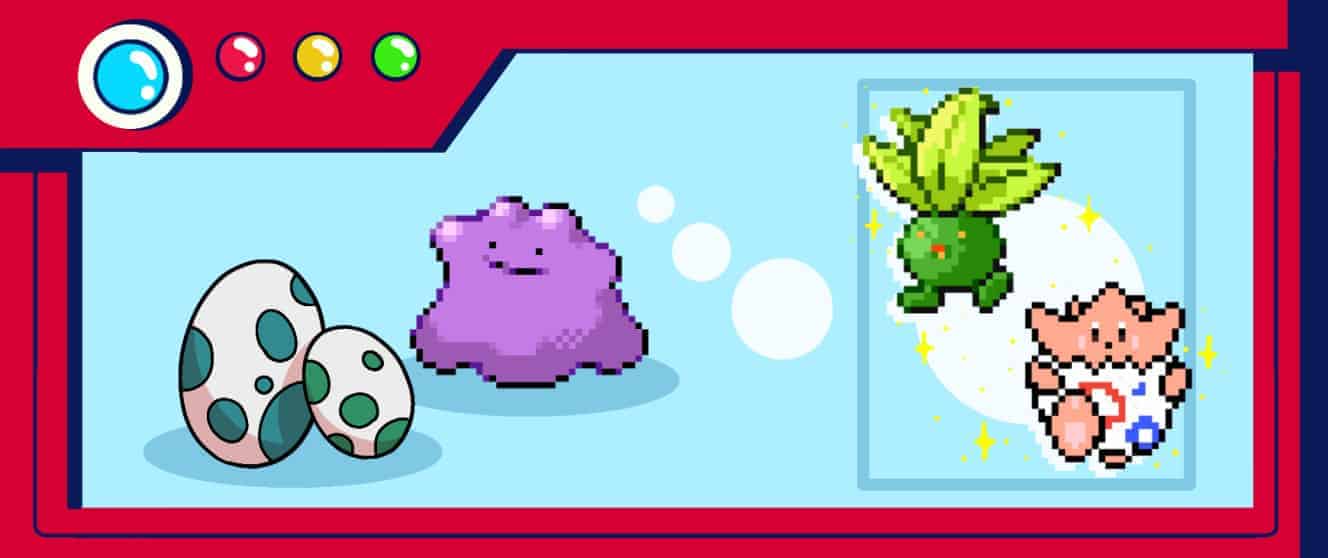
Tired of wasting your time looking for shinies the old-fashioned way? Resort to forced breeding like the rest of us!
There isn’t a real-life problem that nature hasn’t solved for us already, and it turns out reproduction is one of the best ways to increase shiny rates when Shiny hunting!
The Generation II Pokémon games introduced a breeding mechanic, which players have since figured out how to manipulate to force the creation of shinies. Making some of your beloved Pokémon do the horizontal hustle definitely seems preferable to endless hours of walking in circles or soft resets, and here’s how it works.
When two Pokémon are set to breed, their stats are transferred to their offspring. So, by carefully picking the Pokémon selected for the breeding process, you can greatly increase the odds of watching a Shiny Pokémon hatch from that egg!
If you’re curious about trying this method out, here are a few things you should know. First, the female Pokémon always determines the species that is hatched rather than the opposite gender. With that knowledge, it’s possible to use a Shiny Pokémon from another species as the male to net a Shiny Pokémon of any species. This is important because finding two Shiny Pokémon of different genders but the same species is a journey no one should go on. Not even for shiny variants of your favorite Pokémon
Following this method in Gen III Pokémon games has been found to increase shiny odds to a 1 in 128 chance, or 0.78%!
Now, if you want to take advantage of Ditto’s unique feature of being genderless, you can use a Shiny Ditto as the shiny parent to DOUBLE the shiny rates to 1 in 64, or 1.563%. How’s that for some numbers?!
For even more in-depth information on the breeding method, take a look at this Nose Club guide.
Junichi Masuda is a freak.
A Game Freak, that is! As the director of the studio responsible for all mainline Pokémon games, he has what some people like to call “intimate” knowledge of the complex inner workings of these titles.
In 2007, Masuda-san posted a blog article that fans found very interesting. Essentially, he outlined that using two Pokémon from different language versions of a game would result in the offspring having better stats while also wildly increasing the shiny odds.
What does “wildly increasing” mean? Well, The “Masuda Method” – as fans have called it – multiplies the base odds by 5 in Gen IV, and by 6 in Gen V onward. HUGE gains, and a massively increased chance to encounter a shiny form.
The blog post and method were designed to promote the use of the GTS or Global Trade System in Pokémon Diamond and Pearl which facilitated trades between players in vastly different regions.
Amplifying the raw sexual power of The Masuda Method even further, it’s possible to stack the effects of that method with an item introduced in Gen V – the Shiny Charm.
First appearing in Pokémon Black 2 and White 2, the Shiny Charm is a key item that is built around helping players find the special alternate forms of Pokémon. The description of the Shiny Charm in its first appearance reads:
“A Shiny Charm said to increase the chance of finding Shiny Pokémon.”
It has appeared in every game since then. And thank goodness, because the Shiny Charm really boosts shiny odds by quite a lot when combined with The Masuda Method!
This dude loves eggs.
To use the most recent Pokémon game as a reference, using The Masuda Method in Pokémon Scarlet and Pokémon Violet gives you a 1 in 683 chance of a shiny form (0.1464%). If you also use the Shiny Charm, those odds are increased to a whopping 1 in 512 chance (0.20%).

Bulbapedia has a full breakdown of The Masuda Method that you can find right here.
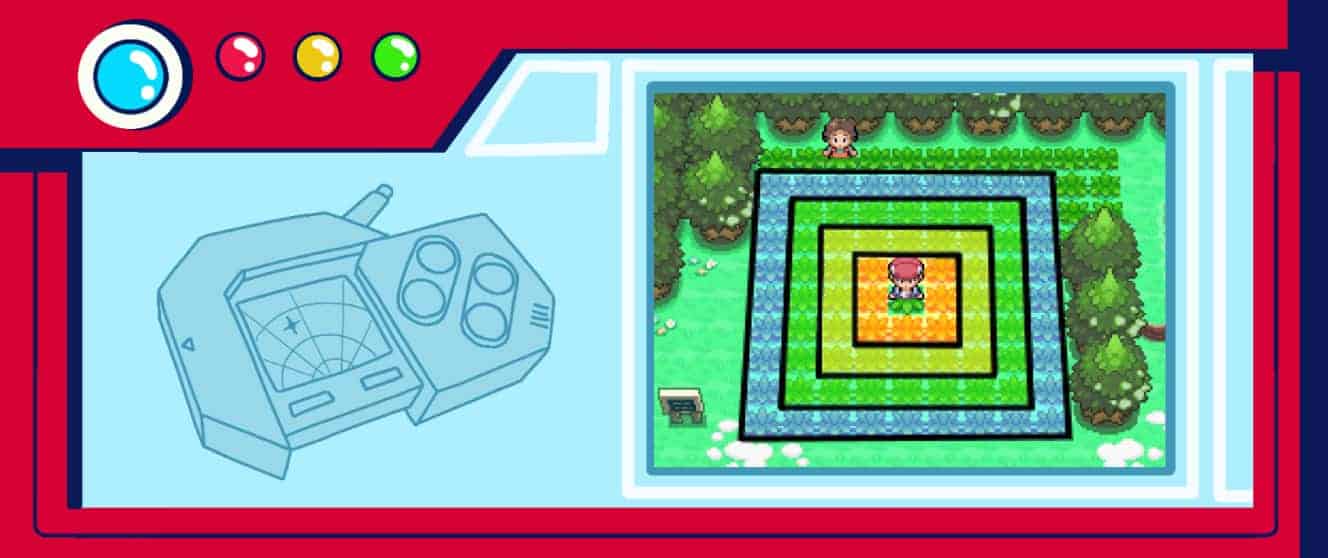
Next up is probably the most effective method of shiny hunting, but it’s also unfortunately one of the most time-consuming.
In Generation IV Pokémon games, you were awarded a nifty little gadget after you completed the National Pokédex. It was called the Poké Radar, and it’s a literal game-changer when it comes to shiny hunting. If used correctly, it can increase the odds of finding Shiny Pokémon by orders of magnitude.
Here’s how it works:
It’s tough, but it’s possible to gain up to a streak of 40, at which point you will have a 2% chance of encountering Shiny Pokémon. Far greater odds than any other method, but also probably one of the most annoying unless you’re on a roll.
We are by no means masters of the Poké Radar method, but we can point you in the direction of someone who is. If you want to learn more about the process and its nuances, check out this Poké Radar Guide by domiNATION:
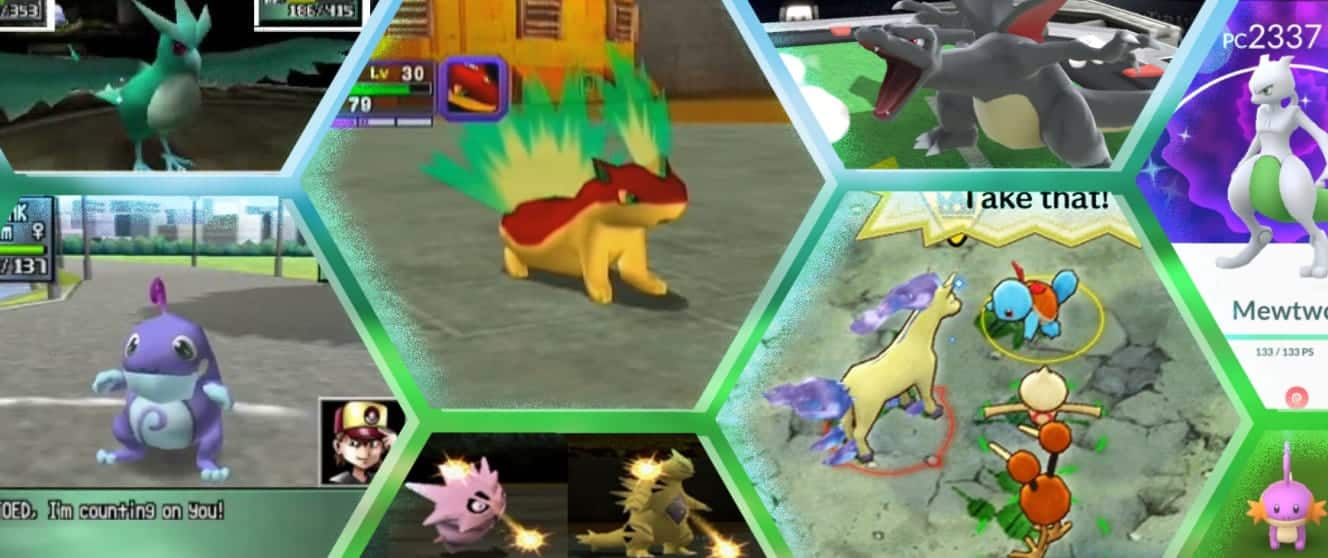
With their penchant for flamboyance, is it any wonder that shinies are so heavily featured in spinoff games?
While Shiny Pokémon and Shiny Hunters are most synonymous with the “core” Pokémon games, those are far from the only places you’ll encounter a Shiny. Shinies have made homes for themselves in other Pokémon games, spinoffs, mobile titles, and even other Nintendo games!
You can find specific Shiny Pokémon in:
Each spinoff title or appearance handles Shiny Pokémon differently. For instance, some games feature the same shiny rate as older games (1 in 8,192), but the coloration of the shiny can be wildly different. This is the case in games like Pokémon Colosseum and Pokémon XD.
The Pokémon Mystery Dungeon series has the same odds, but of the 386 Pokémon you can interact with and recruit, only 36 of them have shiny variants. Super Smash Bros. is kind of a cop-out since shinies take the form of costumes you can change your character into. It doesn’t have the same effect, but it’s a cool reference to Pokémon culture.
Pokémon GO, the mobile game phenomenon that is still going strong despite a number of bumps in the road, handles Shiny Pokémon far differently from every other game. Each Pokémon species has a unique shiny rate, and the default chance is 1 in 512. About .20%. On top of that, there are regular events that occur to increase the chances of catching a Shiny Pokémon, making it pretty much the place to be if you want to build up a shiny collection.
Especially when you consider the cross-game transferring that’s possible with Pokémon Home.
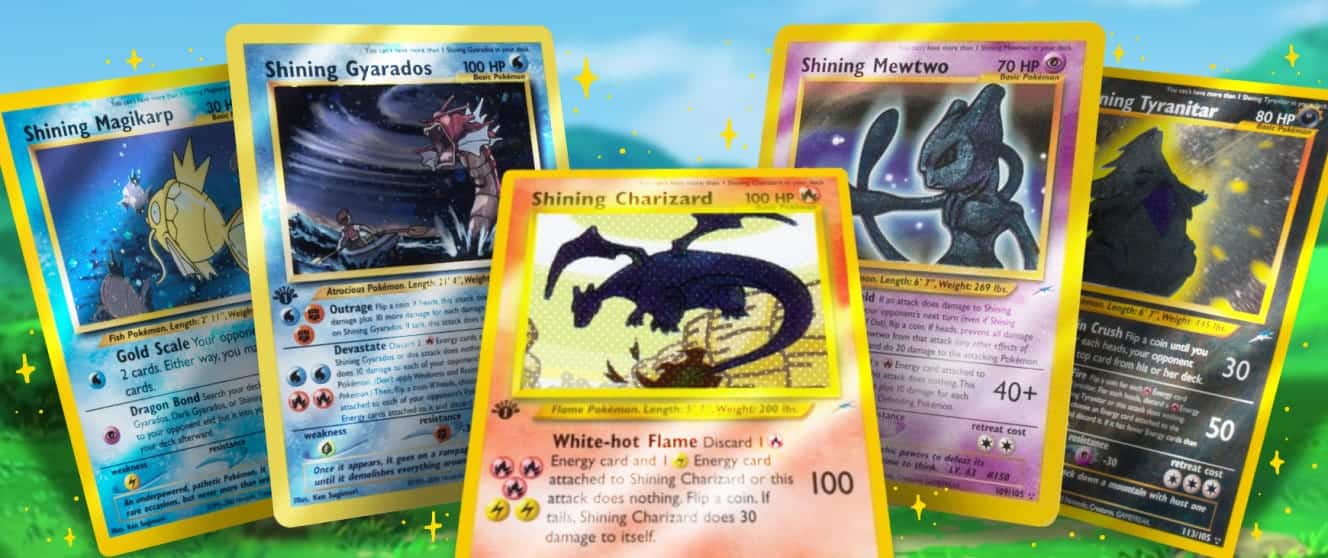
If you thought hunting for shinies in the game was bad, just wait till you’re 1,000 packs of cards deep without a single shiny to your name.
Before the term “shiny” was canonized through the video games, there were special “Shining” Pokémon cards in the Pokémon TCG.
Shining Pokémon cards first appeared in the Neo Revelation expansion that was released in 2001. By the time that was followed up with the Neo Destiny expansion a year later, Shining Pokémon became an obsession. These cards featured alternate colors and unique artwork for the featured Pokémon, and they also offered a competitive advantage in that they had better stats and could use Energy-type attacks multiple times. There was even a special rule instituted for Shining cards: only one was allowed per deck in competition.
Upon their first release in Neo Revelation, the odds of finding a Shining Magikarp or Shining Gyarados were stated to be 1 in 300, staying true to their rarity in the games. Collectors were willing to pay hundreds of dollars for a single one of these cards back then, and even today you could be sitting on anywhere from $200 to $2,650 for a Shining Gyarados depending on its condition. Check out this guide for more information about the most expensive and rare Pokémon cards.
Most fans believe that Gyarados and Magikarp were the first Shining cards to be produced because their shiny forms had just appeared in the anime around the same time. And they were far from the last shinies to appear on TV, here’s a short list of those appearances:
But for all of its value, those Shining cards from Neo Revelation didn’t even actually shine! They were just regular cards with the Shining designation. That situation would be remedied with the Neo Destiny cards in 2002. In addition to quadrupling the number of Shining cards to 8 total, the character art on each card received a glossy metallic sheen. Now they were Shining in more than just name.
The Shining Pokémon in Neo Destiny were:
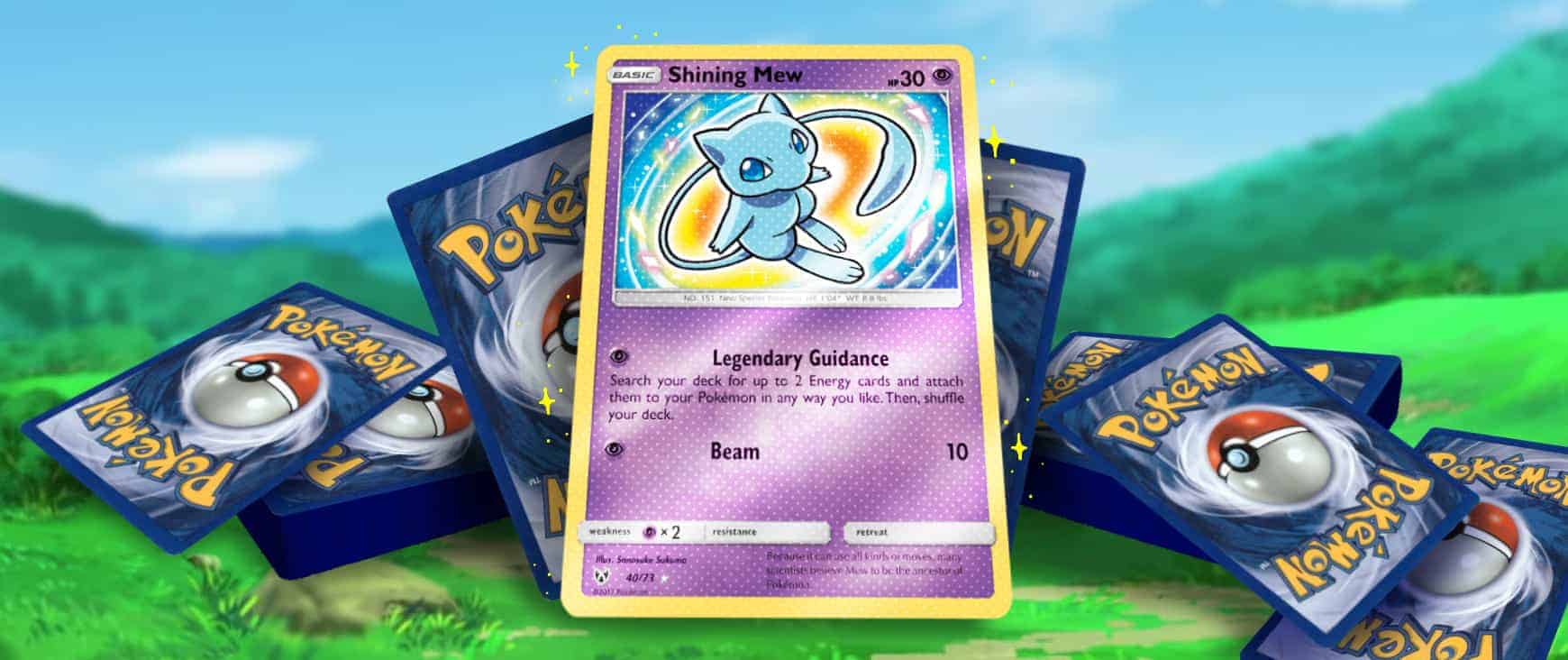
Finding Shining Pokémon cards is even more nightmarish than hunting shinies in the games!
While Shiny Pokémon continued to play a huge part of the video game experience in the intervening years, Shining Pokémon cards weren’t made as frequently. After Neo Destiny in 2002, they returned in Shining Legends in 2017, and that’s about it. However, their infrequent introductions combined with their low drop rates make them eternally valuable.
As previously stated, the drop rate of Shining cards was 1 in 300 at first, but that rate has fluctuated over the years. Some booster packs have a 1 in 36 chance, and others even higher than that! Exploring the world of Shining cards can get pretty murky, but check out this rarity guide for the Pokémon TCG for more comprehensive information.
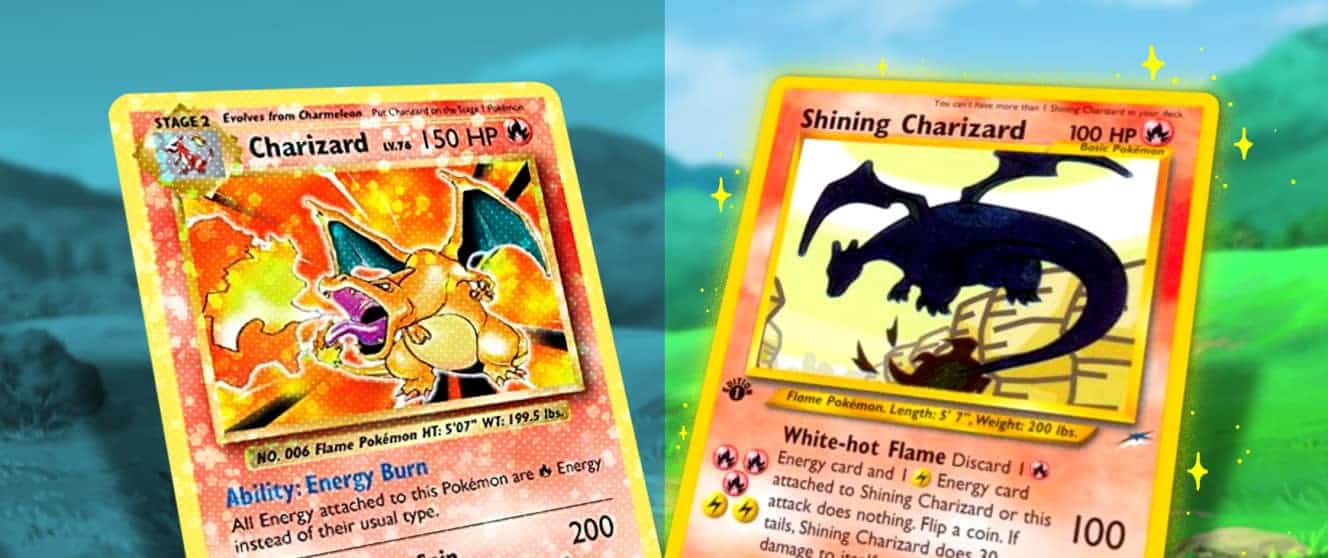
That card you’ve been calling a “Shiny Charizard” all these years might not be what you think it is…
This part is going to hurt some folks.
The world of Pokémon trading cards got a boost of notoriety in recent years for reasons both good and bad. Streamers and influencers began broadcasting hours-long sessions of opening booster packs, while scalpers scooped up large amounts of cards and others engaged in… sigh… Pokémon card heists.
As Pokémon TCG fever grew to early 2000s levels once more, a notable YouTuber made a pretty eye-popping purchase – a special Charizard card that he spent $150,000 on in October 2020. Putting our speculations of smart financial decisions to the side for a moment, the fact of that entire pop culture event that makes it relevant to this article is what some people have said that card is.
They called it a “Shiny” Charizard.
This is an easy mistake for those outside of the Pokémon TCG community to make since the card is technically shiny thanks to the holographic character art. However, it’s actually not the same thing as a “Shining” Pokémon card, which would have a different color scheme for the Pokémon depicted in the character art to make it more in line with Shiny Pokémon from the games.
Those in the know would refer to Logan Paul’s Charizard as a “holo” instead, which is more accurate.
No one is going to cut you down in the middle of the street for calling a Pokémon card by the wrong name (unless they’re jerks), but nothing else would make you stick out like a sore thumb in a community like that. That would be like mixing up Captain Kirk and Captain Picard.
…maybe not. That might be way worse.
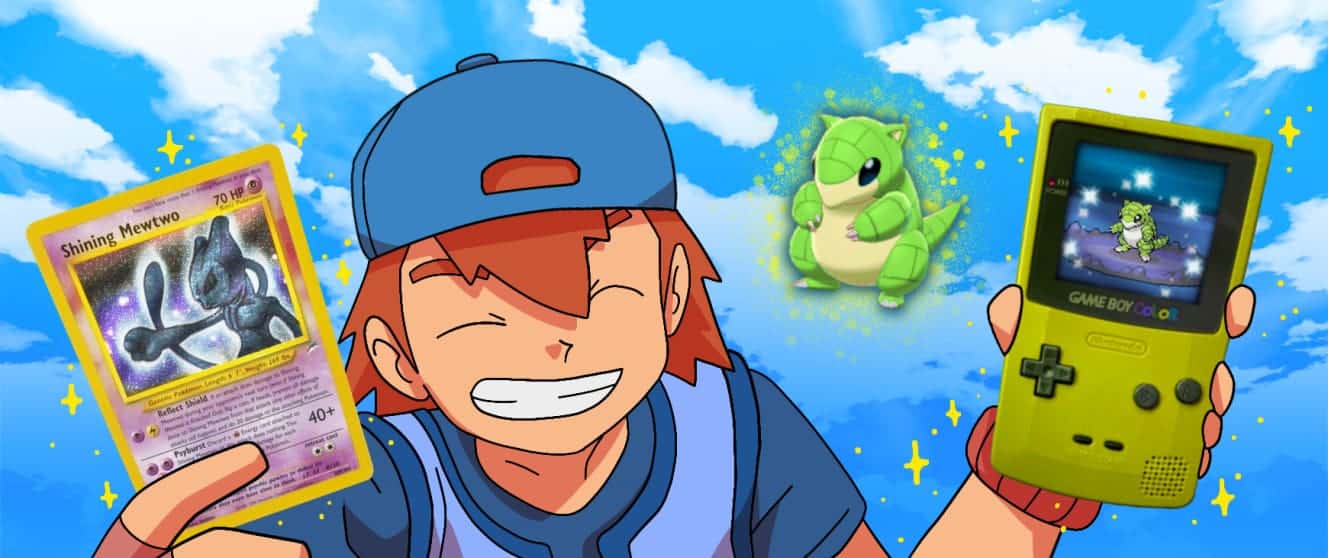
Shiny Hunters are a force of nature. They can’t stop, and they won’t stop.
At the end of the day, if you have Shiny (or Shining) Pokémon in your possession, you’ve accomplished something only a relatively small percentage of Pokémon players have. You either put the time and effort in to find shinies in the games, or spent boatloads of money on booster packs to snag Shining cards. Or, you know, you cheated your way to those special Pokémon. But we’re going to assume everyone reading this is on the straight and narrow.
Now, why would anyone go through all of the trouble to obtain these things? Probably the same reason people climb Mount Everest, do 24-hour live streams, or take ice baths. It’s a difficult task, but humans love overcoming impossible odds.
Plus, there’s always the bragging rights. Whether you’re on a playground or in a board room, having something other people don’t have and showing it off makes you feel special.
At least, it does for us…
Do you want to see our Shiny Pikachu?
For more Pokémon, collectibles, and all things 90s, make sure you follow Rediscover 90s Toys on Instagram, Pinterest and our other social media pages!
Mike is a video game enthusiast, a chronicler of the 90s, and a collector of many things. Born in the mid-90s, he was able to catch the wave of some of the best things the decade had to offer, like Power Rangers, Pokémon, Bagel Bites, the list goes on. Despite the amount of time that has passed, he still enjoys many of those things today! If he’s not writing or gaming, he’s probably wondering why Warriors of Virtue didn’t take off the same way Teenage Mutant Ninja Turtles did.
Check it out!

September 13, 2024
8 Game Consoles of the 90s That Defined the Decade

March 3, 2025
Play by the Rules! 17 of the Best Board Games from the 90s

February 28, 2025
The Dream Phone Board Game: Who’s Got A Crush On You?